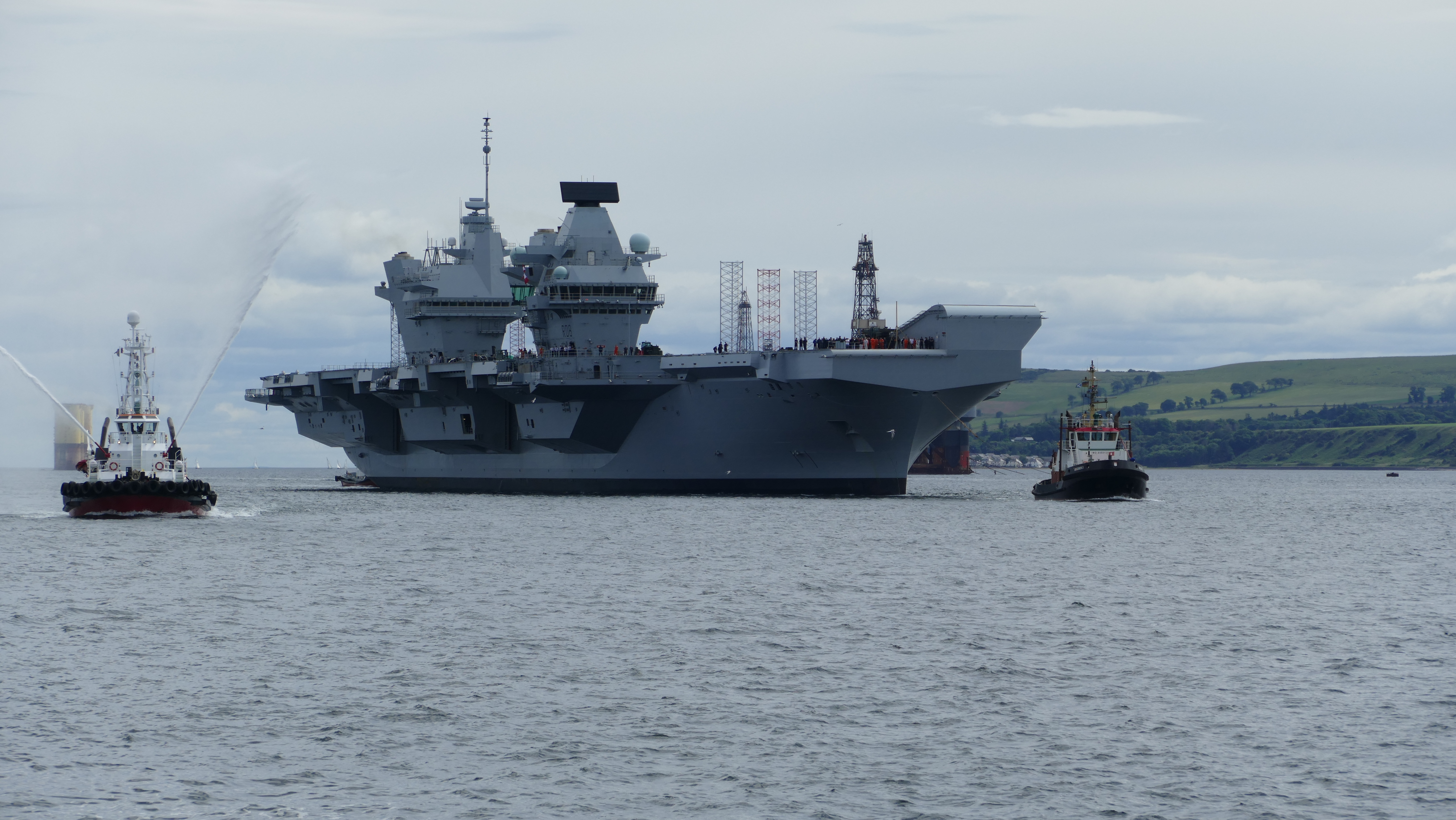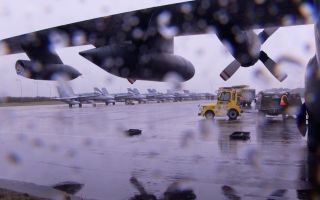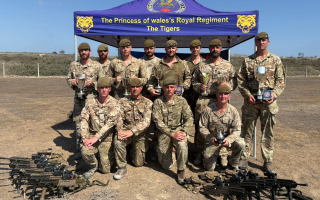
New Aircraft Carrier Undergoing Checks After Propeller Shafts' Issue

Cover picture courtesy of Port of Cromarty Firth
Th new aircraft carrier HMS Queen Elizabeth is undergoing checks after debris was caught around one of its propeller shafts.
The ship is currently in Invergordon - one of her planned stops during the trials programme - after leaving Rosyth dockyard in Fife where it was built.
The item of debris was cleared by itself and an investigation on the propeller shaft has been understaken.
A spokesperson for the Aircraft Carrier Alliance said: “HMS Queen Elizabeth is making progress through her sea trials programme, which is designed to test the full spectrum of her systems.
"The ship is performing well, however an item of debris was caught around one of the propeller shafts. This was subsequently cleared and an investigation has been undertaken.
“The ship is currently in Invergordon for one of her planned stops during the trials programme, to store and re-fuel the ship."
The spokesperson continued: "As a precautionary measure, we will use this opportunity to complete further thorough checks and ensure sea trials continue safely.“
HMS Queen Elizabeth, which is the largest and most powerful ship ever built for the Royal Navy, has taken more than eight years to build
The 280-metre, 65,000-tonne vessel is the first of two new carriers being built since HMS Ark Royal was scrapped in 2010.
Leaving the Rosyth dock was among the most difficult manoeuvres in the sea trials, with just 50cm between the bottom of the ship and the seabed in the port.
Flying trials with helicopters and the F-35B Lightning II will start in 2018, but the vessel will only become fully operational in 2020.
A second carrier, the Prince of Wales, is expected to enter service in 2019.
During her estimated 50-year working life, HMS Queen Elizabeth could be pressed into action for various work such as high-intensity war fighting or providing humanitarian aid and disaster relief anywhere in the world.









